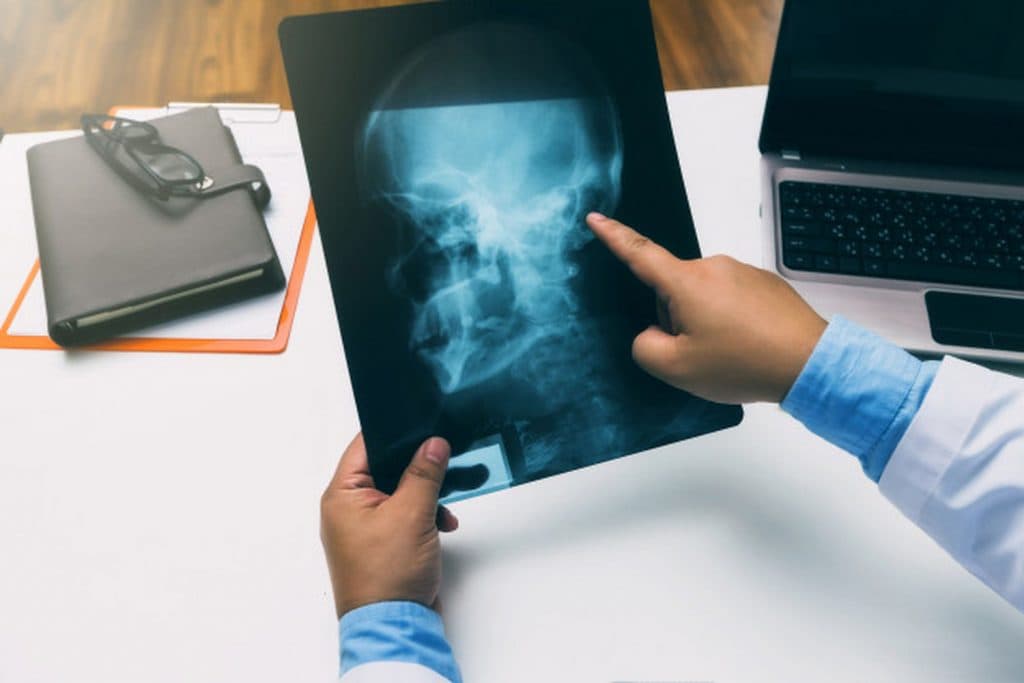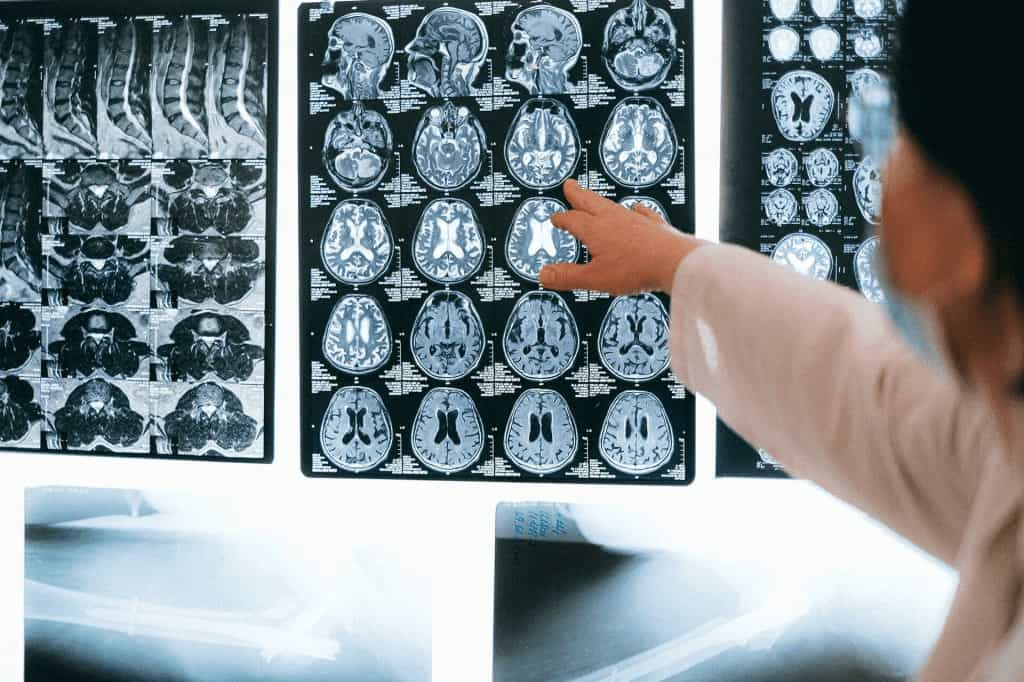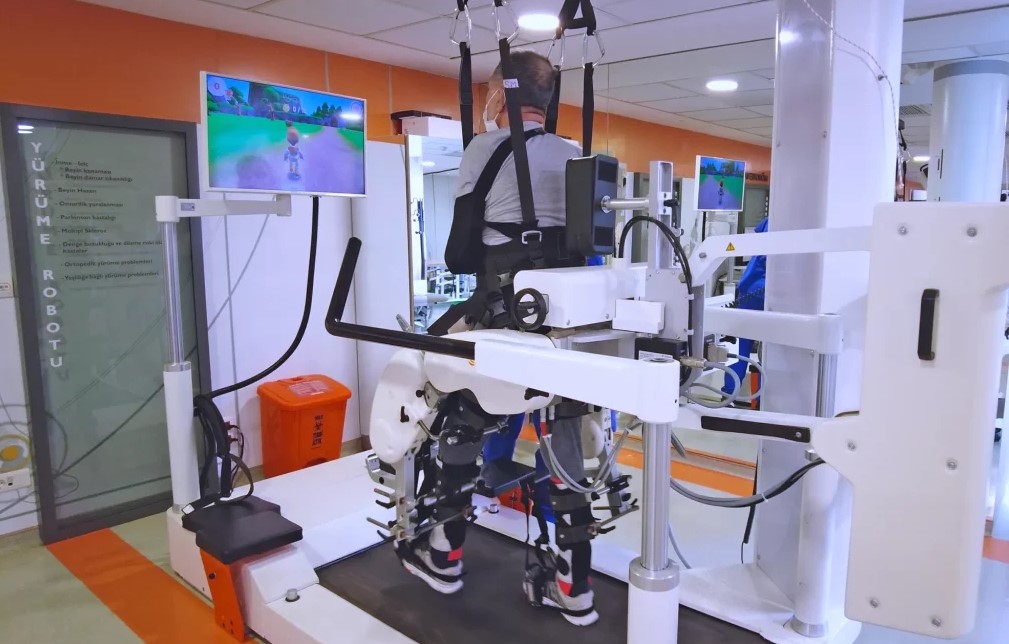Traumatic Brain Injury
Head injuries can cause trauma to skin, bone, or brain tissue around the head area. The condition that develops damage in the brain due to an outer force is called traumatic brain damage.
Trauma can cause direct or indirect damage to the brain. Injury of the brain tissue via a direct effect of the impact is direct damage. Direct damage happens during injury or in very little time. Indirect injury on the other hand develops due to vascular or metabolic disorders. It can show its effects in hours, days, or weeks. With good medical care, indirect injuries can be prevented or cushioned.

Why does Traumatic Brain Damage Happens?
- Physical damages are taken due to falls.
- Sport accidents
- Traffic accidents
- Work accidents
- Firearm injuries
- FightsEvents like these cause traumatic brain damage.
Concussion of the Brain (Concussion)
Mild injuries cause concussion known as the concussion of the brain. In the concussion of the brain, no physical damage can be detected but continues, sometimes a couple of seconds, sometimes a couple of months of distortions can be observed in the brain functions.
In concussion of the brain headache, a couple of seconds or minutes of loss of consciousness, being unable to remember the time of the accident, changes in hearing, vision, taste, and smell, attention deficit, confusion, emotional shifts, exhaustion can be observed. Concussion generally heals. But being exposed to a second trauma without getting over the effects of the first concussion can cause a deadly condition that is called “second impact syndrome”. Therefore resting is quite important.

Symptoms of Brain Damage
- Continuous and deteriorating headache,
- Nausea and vomiting multiple times,
- Paraphrasia,
- Seizure,
- Loss of consciousness for more than a few minutes and being unable to be wakened up,
- Enlargement in one or both pupils,
- Numbness in arms or legs,
- Confusion and deteriorating angriness.
Emergency Treatment in Traumatic Brain Damage
In the patient who has traumatic brain damage and develops loss of consciousness due to this, just like any other emergency condition, an open airway is ensured; respiratory and vascular functions are checked and if there are insufficiencies the proper response is made.
In the patient whose consciousness is lost or vivid, the deepness of the coma is evaluated with the examination-based method called “Glasgow coma score”.

Brain damage in the first run is displayed via computerized tomography (ct). CT is scanned for deadly conditions like bleeding, fluid retention, herniation.
During this period in order to avert intracranial pressure from increasing the patient can temporarily be sedated and respiratory support can be used. The patient is generally taken into close examination in the intensive care unit and whether he needs surgery or not is decided by the neurosurgery.
Physiotherapy in Traumatic Brain Damage

Traumatic brain damage, like stroke, is a disorder in which the brain is affected. Although traumatic brain damage displays similarities with stroke symptoms it has its own characteristics. For this reason, patients with traumatic brain damage require treatment from a disciplined rehabilitation team that has an experienced, specialist physiotherapy and rehabilitation doctor in lead. In the rehabilitation team:
- Physiotherapy and Rehabilitation Specialist Doctor,
- Physiotherapist,
- Ergotherapist,
- Rehabilitation Nurse,
- Physiotherapy Technician,
- Speech Therapist
- Health professionals take place
The patient if required can be consulted in the departments like neurology, brain surgery, psychiatry, and internal medicine. The rehabilitation program is planned individually for every patient in accordance with the clinical condition. The main aim of the rehabilitation is to bring the patient back into social and household life.
Our Treatments
Contact us
Let Us Call You
You can easily reach us by filling out the contact form. Our team will call you shortly to inform you.

